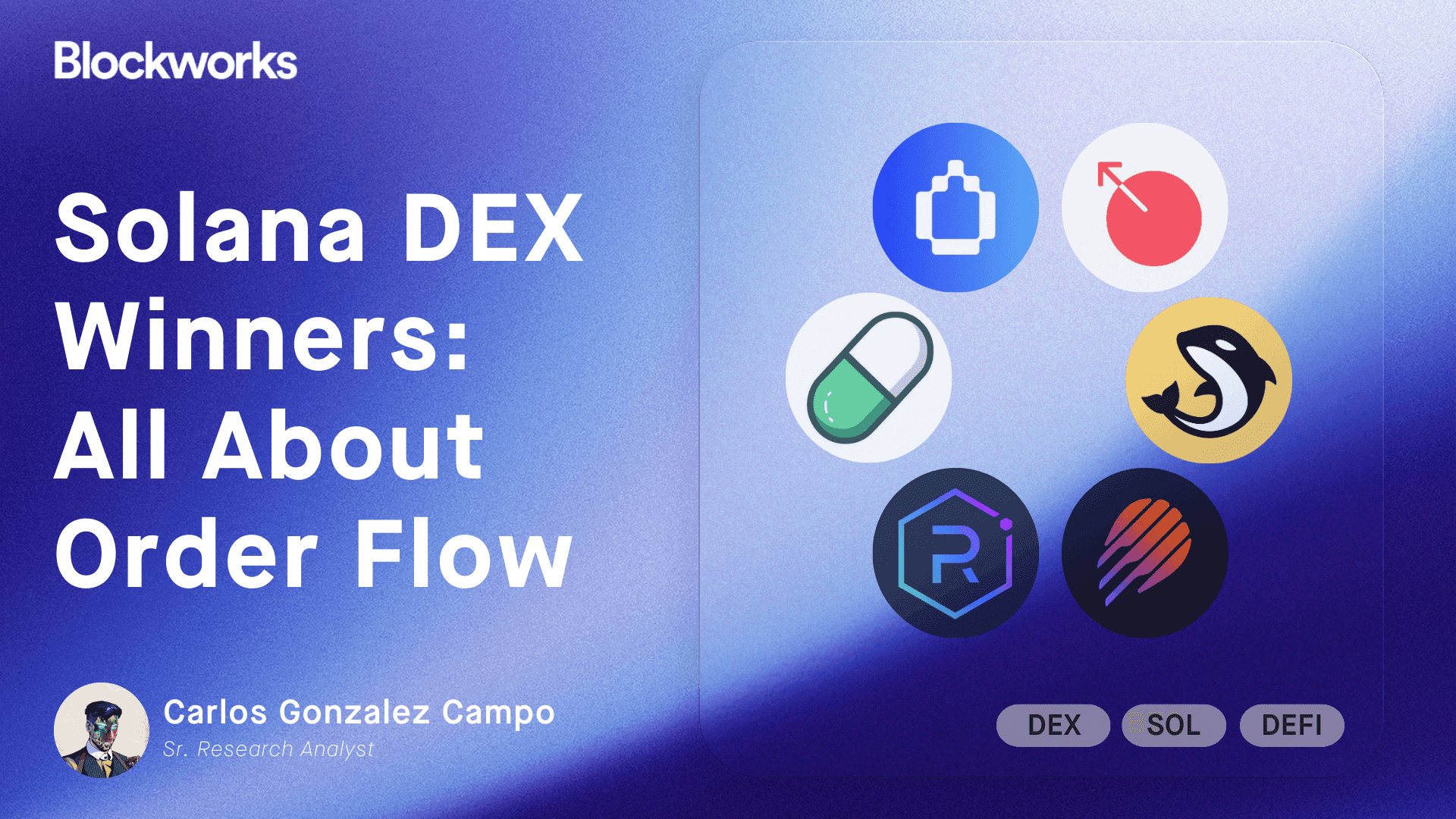How tokenized private credit could hit $17.5B
A new report from Centrifuge and Keyrock sets out the bull, bear and base cases for tokenized private credit and RWAs.

ranjith ravindran/Shutterstock and Adobe modified by Blockworks
This is a segment from the Empire newsletter. To read full editions, subscribe.
It’s hard to escape the doom-and-gloom headlines — and price action — but what if I told you that real-world assets are still looking good?
Before we get into that, I do want to touch on bitcoin’s price action yesterday. There had been a lot of hope that Friday’s lack of a selloff meant that crypto and macro weren’t walking down the same path arm-in-arm. Unfortunately, because bitcoin is still at least somewhat of a risky asset, it has been caught up in the tariff-driven selloff, falling just under $80,000.
Ledn’s John Glover thinks we could see two scenarios based on his technical analysis: one where there’s a bounce after it hits $76,500, and another where momentum picks back up after we carve out a $73,500 low.
Okay, now that we’ve gotten our short market talk out of the way, let’s refocus on real-world assets (RWAs).
A report from Centrifuge and Keyrock believes we could be looking at three different cases for tokenized private credit.
Mind you, the aftereffects of the tariffs and potential economic repercussions could have a previously unforeseen impact. It could make it more difficult for us to see the bull case play out, which would see $17.5 billion in total value locked. This would be “driven by increased participation from both traditional finance (with traditional loans stored on-chain)” and boosted with DeFi integration.
A base case would be $15 billion in Total Value Locked (TVL), which would essentially be driven by continued adoption. Think of a long-haul train just chugging along: nothing super exciting, but also still growing, even if it’s at a slower pace than some would want.
And then you have the bear case, which would see $12 billion in TVL. If bad economic conditions dampen the bullish attitude in crypto and force a bear market, then this would be the so-called worst-case scenario for RWAs, per the report.
“A downturn in overall crypto market conditions could lead to higher default risks and a reduced demand for loans, as seen in previous years where private credit platforms suffered from defaults,” the report said.
Centrifuge CEO Bhaji Illuminati told me that she’s feeling pretty positive about RWAs right now — specifically, she feels we’re sitting at an inflection point. We’ve got regulatory clarity on the horizon, and there are roughly four areas of RWAs that could see a boost in adoption across the board.
Those would be US Treasury securities (which includes stablecoins), tokenized equities, commodities and, of course, private credit.
To be fair, this report was penned before we knew about the tariffs looming on the horizon, but it doesn’t mean that we couldn’t still see modest growth even if it’s a bearish environment.
Summing up the various sectors that make up tokenized assets, the report found that the bull case “driven by regulatory tailwinds” could see RWAs increasing to $50 billion. That figure would see “the increasing composability from the DeFi side and appetite from institutions to tokenize existing offerings.”
“Even in a base case, our outlook is extremely positive, predicting $30 [billion] due to existing improvements in regulation and architecture,” they continued.
And, as you can see above, a bear case also sees some, albeit modest, growth.
To put this into perspective: Total RWA onchain sits at $19.6 billion, while total stablecoin value is $227 billion, per RWA .xyz.
Anyway, there’s your dose of hope this morning.
Get the news in your inbox. Explore Blockworks newsletters:
- The Breakdown: Decoding crypto and the markets. Daily.
- 0xResearch: Alpha in your inbox. Think like an analyst.






